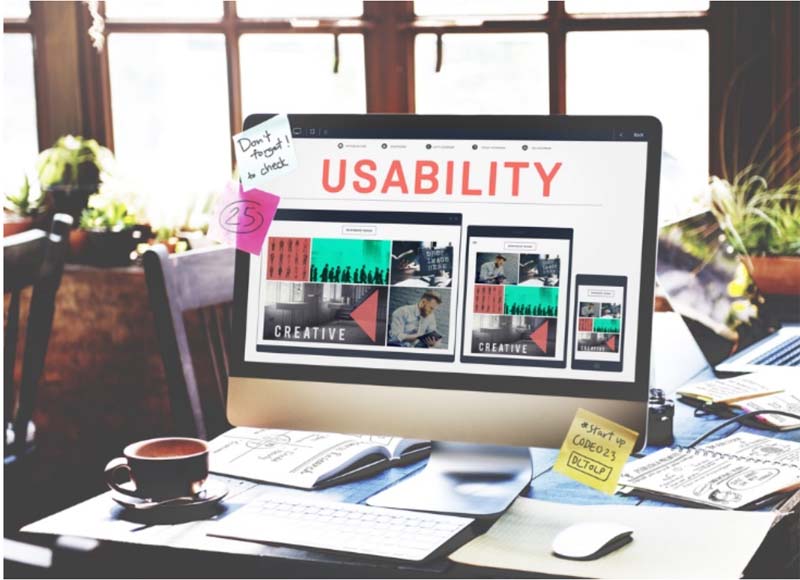Contributed by Jackie Roberson
An unusable website is unusable. Sure, it’s a tautology, but it’s also a lesson that many business leaders are unable to accept. The problem is that website usability isn’t well-understood by many business leaders, and their ignorance leads them to develop business websites that look flashy or seem cutting edge but ultimately fail to assist site visitors in accomplishing their goals.
Because a website is a customer’s precious few contacts with a business over the internet, it is vital that websites are easy to use. Here’s a guide to website usability and how to make a website more usable without spending a fortune.
What Defines Usability
Usability is almost exactly as it sounds: The more usable a website is, the easier it is for users to use it. Typically, usability encompasses user-friendliness and positive user experience, which are ideal for business websites trying to lead site visitors down a sales funnel. The sooner users understand how to navigate a website and use its features, the sooner they can make purchases, contact the business, or perform other conversions.
This leads directly into the second element of usability: business goals. Usability depends largely on what a business hopes to achieve with its website. For example, a business whose website facilitates sharing informative content over social media might not have a usable site if it was attempting to succeed at e-commerce. Conversely, a business trying to increase web presence with its website might fail usability tests if the site is built to mimic Amazon or Zappos.
This makes usability seem subjective — and some aspects of usability are unique to individual businesses — but there are objective rules regarding usability. For instance, some experts agree that to be considered usable, a website must abide by the three-click rule: Any content on a website must be reachable in three clicks or fewer. At the very least, content and navigation tools should be available, accessible, clear, learnable, credible, and relevant. A new user should be able to intuit his or her way around a website; if that’s not possible, then the website isn’t properly usable.
The Importance of Usability
Of course, it takes work to make a site usable and maintain its usability — but that effort tends to be worthwhile. Research firms have found that websites which prioritize user-friendly design boast increased user satisfaction rates, which in turn increases their user loyalty, word-of-mouth marketing, and their potential for profit.
Similarly, researchers have identified a loss in revenue among businesses that defy usability conventions, such as navigation tools at the top or sides of a webpage. In most industries, competition is fierce, and a usable website makes the difference between attracting new customers and losing old ones.
How to Ensure Usability
Usability is a never-ending battle, but once a site reaches a certain level of usability, the fighting gets easier and more predictable. Before a business can start its war on usability, it should decide upon the website’s goals. Then, businesses can take the following steps to ensure usability:
- Prioritize. Businesses that begin designs with site goals in mind will find it easy to prioritize different content. The ideal user action should be highlighted with special fonts, colors, or icons; all other actions, even secondary or tertiary goals, should look relatively mundane.
- Make the site responsive. Users are spread across dozens of different types of devices, from small-screened smartphones to enormous desktop computer monitors. Sites should be able to maintain the same level of usability no matter what device they are on.
- Use the expected navigation methods. There might be a more efficient way to navigate a website, but because users aren’t familiar with it, it will likely scare most away. When it comes to a website’s bones, it’s best to use the conventional style.
- Keep the design simple — but not too simple. Designs should be clean and concise, but not at the expense of comprehension. If businesses rely too heavily on user interpretation, they will surely confuse a significant portion of site visitors.
- Avoid annoyances. In the late ‘90s and ‘00s, pop-ups were all the rage. Now that adblockers eliminate pop-ups, pop-overs are businesses’ beloved advertising vehicle. However, since users hate them both, they are hardly any different. Businesses should consult real users often to ensure their website is usable and enjoyable.
Jackie is a content coordinator and contributor that creates quality articles for topics like technology, business, home life, and education. She studied business management and is continually building positive relationships with other publishers and the internet community.





